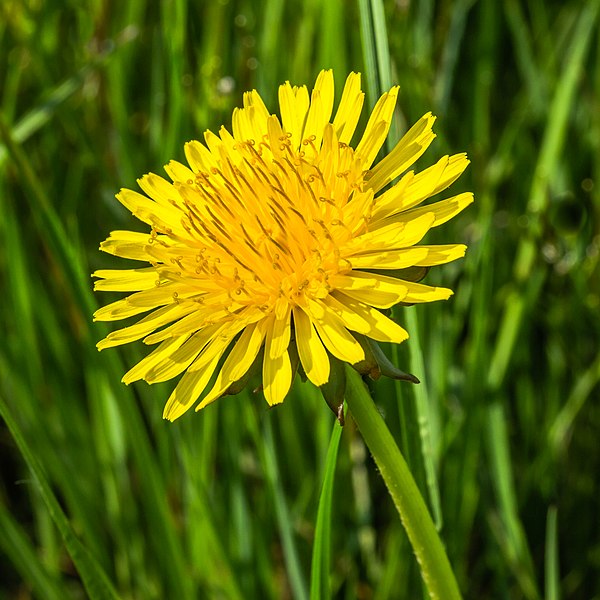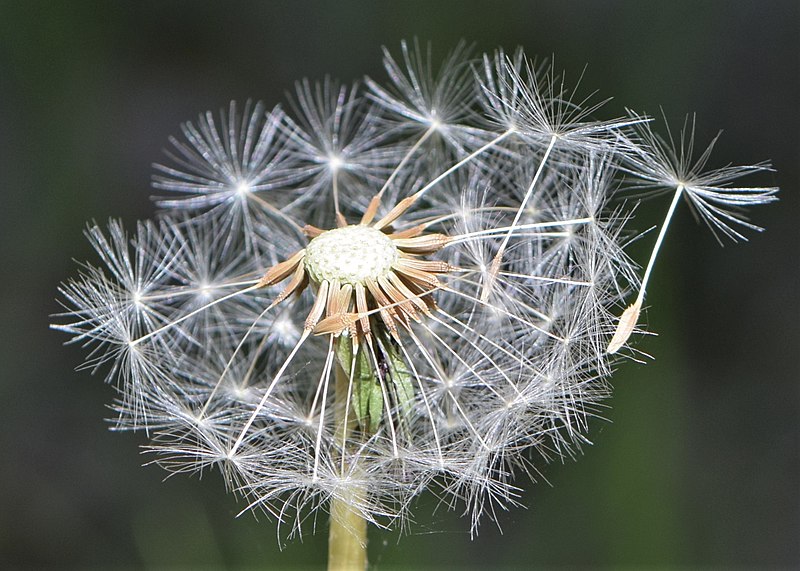Dandelion Identification – Taraxacum officinale
Heads up
Dandelions: we’ve all seen them. Sprouting in lawns, alongside roads, or even in the open woods, these golden-crowned plants have made their mark nearly everywhere. Belonging to the Asteraceae family, which includes plants like daisies and sunflowers, the dandelion, with its scientific name Taraxacum officinale, is one of nature’s most recognizable flowers.
Originally from Eurasia, dandelions have become so commonplace worldwide. These plants have a rich cultural legacy, from serving as coverings for yellow prairie sod roofs to being the bane of gardeners as the #1 disliked lawn weed.
Dandelion: Key Parts in Photos



How to identify Dandelion
The dandelion is primarily identified by its solitary yellow flower head. This pops out at the end of a robust, hollow stalk. Although the typical flower is about an inch across, some can grow up to 2 inches, showcasing either a flat or nearly globe-like appearance. These dense flower heads have what botanists call “ligulate” ray flowers. In simpler terms, they have flat, tongue-like petals. What’s more, the protective layers or “bracts” around these flowers come in two rows, with the outer ones either spreading out or curling down around the stalk tip.
However, it’s not just the flower that makes the dandelion unique. The leaves form a thick circle or “rosette” around the top of a deep root, these leaves can be up to 18 inches long. These are generally lance or spatula-shaped. Look under the leaves, and you’ll find they are typically hairy, especially along the central vein or midrib. However, some leaves might be smooth throughout. The edges of these leaves give the dandelion its common name, derived from the French term “dent de lion”—meaning tooth of the lion. Why? Because these leaf edges are deeply cut with sharp, uneven teeth, resembling lion’s teeth. This appearance varies, with some leaves having different sized lobes, while others are more consistent.
The dandelion’s stem, from which the flower emerges, might appear green or have purple hues. These are generally smooth but can sometimes be sparsely covered with hairs. Break any part of the dandelion – be it leaves, roots, or stem – and you’ll see it bleed a milky sap.
Once the dandelion completes its flowering stage, it gets ready to sow its future. It produces dry seeds. These seeds come equipped with a tuft of white to grayish-brown hairs. These hairs act like parachutes, helping the seed drift away with the wind, finding new places to germinate and grow.
